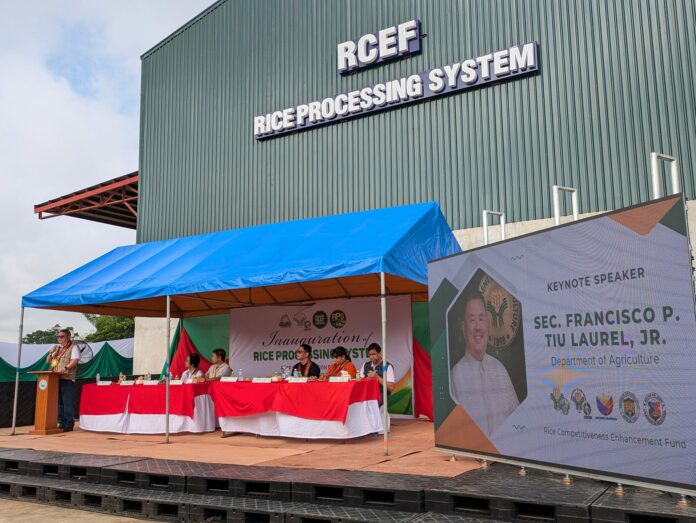The Samahang Industriya ng Agrikultura (Sinag) has asked the Tariff Commission (TC) to revert rice tariffs to 35 percent for ASEAN imports and 50 percent for non-ASEAN imports, arguing the reduced tariffs rates have instead adversely impacted both consumers and local farmers.
Sinag’s request, submitted alongside the Abono Partylist petition on 3 March 2025, seeks to restore the tariffs following their reduction to 15 percent under Executive Order (EO) 62. The EO, which sought to soften rice prices, instead resulted in significant revenue losses for the government and worsened market conditions, Sinag claims. Between July and December 2024 alone, the tariff cuts led to estimated revenue losses of P15 billion, it said.
As part of its appeal, Sinag pointed to the declaration of a food security emergency and the imposition of a maximum suggested retail price (MSRP) for imported rice as evidence that EO 62 failed to meet its intended goals. In response, the Department of Agriculture (DA) recently lowered the imported rice MSRP to P49 per kilogram in Metro Manila.
Raul Montemayor, national manager of the Federation of Free Farmers, supported the tariff hike, asserting that Vietnamese rice would still remain affordable even with the higher tariff. Industry leaders, including Philippine Chamber of Agriculture and Food Inc. president Danilo Fausto, also backed the proposal, emphasizing the need for higher tariffs to properly fund the Rice Competitiveness Enhancement Fund (RCEF).
The RCEF, essential for programs like farm mechanization and high-quality seed production, faces a funding shortfall, with the current 15 percent tariff insufficient to meet its P30 billion annual budget. The government has imported some 504,000 metric tons of rice as of February 2025, with the majority (73.5 percent) from Vietnam.
The call to restore higher tariffs highlights the ongoing struggle to balance consumer welfare with the need to support local agriculture and sustain government revenue.







